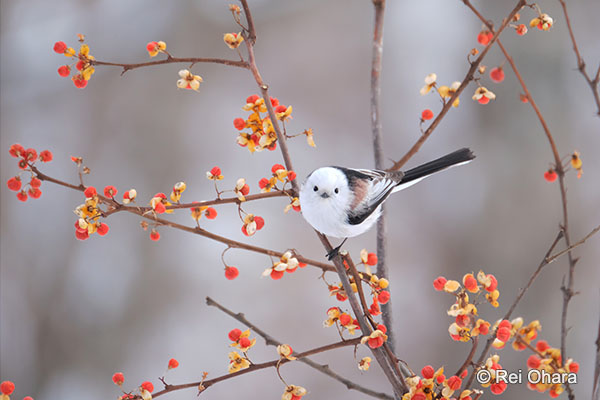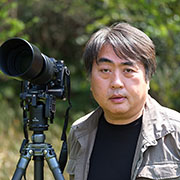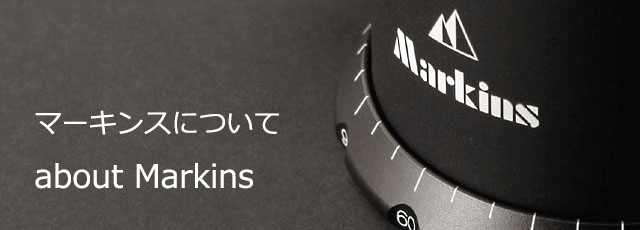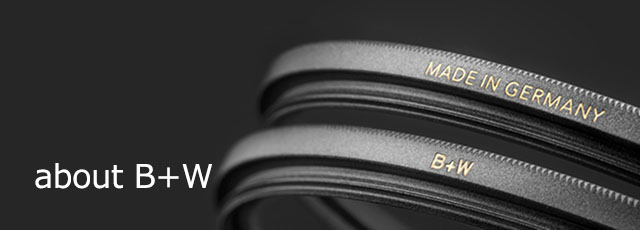小原玲 | BV-HEAD
テーマ
シマエナガの写真と動画を撮る
撮影者
動物写真家・小原玲
撮影日付
2017年2月~3月
撮影場所
北海道
撮影機材
マーキンス
:
富士フイルム
:
X-T2, X-T20
XF100-400mmF4.5-5.6R LM OIS WR
XF1.4X TC WR
XF100-400mmF4.5-5.6R LM OIS WR
XF1.4X TC WR
オリンパス
:
ドットサイト EE-1
ジッツオ
:
GT2540LLVL
レビュー
小原 玲 (おはら れい)
1961年、東京都生まれ。報道写真家として国内外の雑誌で活躍した後、アザラシの赤ちゃんとの出会いを契機に動物写真家に転身。シロクマ、マナティ、プレーリードッグ、日本のホタルなども撮影し、テレビ・書籍・雑誌など様々なメディアで活躍。27年間に及ぶ流氷の取材から、地球温暖化の目撃者として環境問題の講演会を教育現場などで多数行っている。著書・写真集に「アザラシの赤ちゃん」(文春文庫)、「流氷の伝言 -アザラシの赤ちゃんが教える地球温暖化のシグナル」「ほたるの伝言」(教育出版)など。最新作「シマエナガちゃん」(講談社 / 講談社ビーシー)が7刷と大ヒット中。
ウェブサイト: http://reiohara.cocolog-nifty.com
1961年、東京都生まれ。報道写真家として国内外の雑誌で活躍した後、アザラシの赤ちゃんとの出会いを契機に動物写真家に転身。シロクマ、マナティ、プレーリードッグ、日本のホタルなども撮影し、テレビ・書籍・雑誌など様々なメディアで活躍。27年間に及ぶ流氷の取材から、地球温暖化の目撃者として環境問題の講演会を教育現場などで多数行っている。著書・写真集に「アザラシの赤ちゃん」(文春文庫)、「流氷の伝言 -アザラシの赤ちゃんが教える地球温暖化のシグナル」「ほたるの伝言」(教育出版)など。最新作「シマエナガちゃん」(講談社 / 講談社ビーシー)が7刷と大ヒット中。
ウェブサイト: http://reiohara.cocolog-nifty.com
私は動物写真家ですが、以前は報道カメラマンとして紛争地を回っていました。
その頃から、とにかく身軽に動くことを信条としています。どんなに高性能の機材でも、現場に持って行けなければ写真は撮れないからです。天安門事件では機材を没収された後に、最後に残った小さなライカで撮った写真が米国LIFE誌の誌面を飾りました。
動物写真家になってからも身軽さを大事にしています。機材は一人で歩いて運べるものが基本です。
近年、飛行機での搭乗手荷物の重量や大きさの制限がかなり厳しくなりました。以前はザックにボディと主要なレンズを入れ、もう一つソフトケースに入れた超望遠レンズを肩からぶら下げるというスタイルで搭乗できましたが、今はそれを許してくれません。預け荷物もすぐに超過料金を請求されてしまうので、制限内に収めるために、専用の測りまで取材に持って行くほどです。それゆえ取材の準備のたびに、持って行きたくても持っていけない機材が最後にのこり残念な思いをします。
カメラ機材はフルサイズ一眼レフからAPS-Cミラーレスに移行しました。これで超望遠レンズも含めたすべての機材がザック一つで運べるようになりましたので、超望遠レンズが中に入っただけでなく、ザックの大きさも小さくなり、大幅に重量を減らせたので、撮影地までの行程は格段に楽になりました。
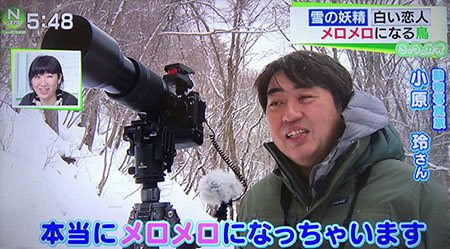 動画の撮影はビデオヘッドの良し悪しがそのまま映像の品質につながります。なので、できるだけ高品質のビデオヘッドを使わないといけません。超望遠レンズをつけて上下に振り、ロックしなくても止まるようなテンションのかかるものですので、これが可能なヘッドというと大型のビデオヘッドにならざるを得ませんでした。
動画の撮影はビデオヘッドの良し悪しがそのまま映像の品質につながります。なので、できるだけ高品質のビデオヘッドを使わないといけません。超望遠レンズをつけて上下に振り、ロックしなくても止まるようなテンションのかかるものですので、これが可能なヘッドというと大型のビデオヘッドにならざるを得ませんでした。
比較的歩く範囲が少ない、アザラシの赤ちゃんやホタルの撮影では、それでもなんとかなったのですが、昨年から撮影を始めたシマエナガという北海道に暮らす小鳥の撮影では、さすがに大型のビデオヘッドと大型三脚の組み合わせでは無理でした。まずシマエナガに出会うために歩き回る距離、時間がかなりあります。しかも本当に素早く動く鳥なので、見つけてからも何度も三脚を持ってわずかな移動を繰り返さないといけないのです。
写真撮影のためだけならば、私は手持ち撮影でシマエナガを追います。でないととても追いつけないからです。しかし、テレビ番組用に動画も撮っておきたいので、今までの大型三脚に大型ビデオヘッドを取り付けた組み合わせに代わるものが必要でした。
それで辿りついたのが マーキンス Q20iQ-BK・BV-24 セットです。これはマーキンスの自由雲台とBV-HEADを組み合わせることで、自由雲台の動きをビデオヘッドのように垂直・水平に限定するものです。シマエナガの撮影に使っている富士フイルムのX-T2とXF100-400mmにX1.4のテレコンバーターをつけたものを乗せてみたらびっくりです。動かして手を離したらピタっと止まります。そしてビデオヘッドが苦手な、急な大きな動きにも対応できます。シマエナガのような、あっちこっちに飛び回る鳥では、ゆっくりパン棒を動かして追いかけられる範囲を超えて、急に大きく移動することが頻繁にあるのです。
そして重量は見事に軽くなりました。雲台が軽いので、三脚も今までより軽いもので対応できるようになり、ジッツオのレベリング三脚 GT2540LLVLで使用することにしました。この三脚を併用するとビデオ撮影時の水平出しも簡単にできます。三脚とヘッドの総重量はそれまで使っていたものから3.6kg軽くなりました。静止画ならば超望遠レンズは三脚座で水平が出せますので、レベリング三脚でなくても大丈夫です。
この3.6kg減らせたおかげで、今までは撮れなかったシマエナガの動画撮影が可能になりました。今は小さな写真集くらいなら4K動画からの切り出しで十分使えてしまう時代です。この雲台のおかげで撮れるようになった動画から、いくつもの静止画切り出しカットも稼げるようになりました。 マーキンス Q20iQ-BK・BV-24 セットは、今では私の撮影で欠かせないものになりました。取材で飛行機に乗るときには、カメラとレンズやコンピューターと一緒に、マーキンスのこの雲台だけは機内持ち込みの手荷物として運んでいます。万が一預けた荷物が不着になった時に、この雲台さえあれば三脚は現地でも調達できる可能性がありますが、この雲台に代わるものは手に入らないからです。
通常はセットを組み合わせて使用していますが、BV-HEADを外して自由雲台としても使います。実はこれは大型のビデオヘッドにはできないことです。ビデオヘッドでは縦位置撮影ができませんので、写真用の雲台付き三脚を別途に用意していましたが、今ではそれが不要になりました。
また鳥の営巣活動の撮影などでブラインドに入って撮影する時にも、この狭いスペースの中で操作性が良く小さなマーキンスの雲台が重宝しております。
私のような身軽に動物写真を楽しみたいと考える写真家にとって、あの大きく重い三脚とビデオヘッドを担いでいた日々は何だったのかと思えるほど、マーキンス Q20iQ-BK・BV-24 セットは画期的なアイテムです。
その頃から、とにかく身軽に動くことを信条としています。どんなに高性能の機材でも、現場に持って行けなければ写真は撮れないからです。天安門事件では機材を没収された後に、最後に残った小さなライカで撮った写真が米国LIFE誌の誌面を飾りました。
動物写真家になってからも身軽さを大事にしています。機材は一人で歩いて運べるものが基本です。
近年、飛行機での搭乗手荷物の重量や大きさの制限がかなり厳しくなりました。以前はザックにボディと主要なレンズを入れ、もう一つソフトケースに入れた超望遠レンズを肩からぶら下げるというスタイルで搭乗できましたが、今はそれを許してくれません。預け荷物もすぐに超過料金を請求されてしまうので、制限内に収めるために、専用の測りまで取材に持って行くほどです。それゆえ取材の準備のたびに、持って行きたくても持っていけない機材が最後にのこり残念な思いをします。
カメラ機材はフルサイズ一眼レフからAPS-Cミラーレスに移行しました。これで超望遠レンズも含めたすべての機材がザック一つで運べるようになりましたので、超望遠レンズが中に入っただけでなく、ザックの大きさも小さくなり、大幅に重量を減らせたので、撮影地までの行程は格段に楽になりました。
しかし、なかなか重量を減らすことができなかったのが、動画撮影用の三脚とヘッドでした。動物写真の世界では動画の需要が年々増しています。私もすでにアザラシの赤ちゃん、ホタル、シマエナガなどで全国ネットのテレビに動画を提供し番組が作られています。
※
右画像は2017年3月1日に放送されたTBSテレビNスタの1場面

比較的歩く範囲が少ない、アザラシの赤ちゃんやホタルの撮影では、それでもなんとかなったのですが、昨年から撮影を始めたシマエナガという北海道に暮らす小鳥の撮影では、さすがに大型のビデオヘッドと大型三脚の組み合わせでは無理でした。まずシマエナガに出会うために歩き回る距離、時間がかなりあります。しかも本当に素早く動く鳥なので、見つけてからも何度も三脚を持ってわずかな移動を繰り返さないといけないのです。
写真撮影のためだけならば、私は手持ち撮影でシマエナガを追います。でないととても追いつけないからです。しかし、テレビ番組用に動画も撮っておきたいので、今までの大型三脚に大型ビデオヘッドを取り付けた組み合わせに代わるものが必要でした。
それで辿りついたのが マーキンス Q20iQ-BK・BV-24 セットです。これはマーキンスの自由雲台とBV-HEADを組み合わせることで、自由雲台の動きをビデオヘッドのように垂直・水平に限定するものです。シマエナガの撮影に使っている富士フイルムのX-T2とXF100-400mmにX1.4のテレコンバーターをつけたものを乗せてみたらびっくりです。動かして手を離したらピタっと止まります。そしてビデオヘッドが苦手な、急な大きな動きにも対応できます。シマエナガのような、あっちこっちに飛び回る鳥では、ゆっくりパン棒を動かして追いかけられる範囲を超えて、急に大きく移動することが頻繁にあるのです。
そして重量は見事に軽くなりました。雲台が軽いので、三脚も今までより軽いもので対応できるようになり、ジッツオのレベリング三脚 GT2540LLVLで使用することにしました。この三脚を併用するとビデオ撮影時の水平出しも簡単にできます。三脚とヘッドの総重量はそれまで使っていたものから3.6kg軽くなりました。静止画ならば超望遠レンズは三脚座で水平が出せますので、レベリング三脚でなくても大丈夫です。
この3.6kg減らせたおかげで、今までは撮れなかったシマエナガの動画撮影が可能になりました。今は小さな写真集くらいなら4K動画からの切り出しで十分使えてしまう時代です。この雲台のおかげで撮れるようになった動画から、いくつもの静止画切り出しカットも稼げるようになりました。 マーキンス Q20iQ-BK・BV-24 セットは、今では私の撮影で欠かせないものになりました。取材で飛行機に乗るときには、カメラとレンズやコンピューターと一緒に、マーキンスのこの雲台だけは機内持ち込みの手荷物として運んでいます。万が一預けた荷物が不着になった時に、この雲台さえあれば三脚は現地でも調達できる可能性がありますが、この雲台に代わるものは手に入らないからです。
通常はセットを組み合わせて使用していますが、BV-HEADを外して自由雲台としても使います。実はこれは大型のビデオヘッドにはできないことです。ビデオヘッドでは縦位置撮影ができませんので、写真用の雲台付き三脚を別途に用意していましたが、今ではそれが不要になりました。
また鳥の営巣活動の撮影などでブラインドに入って撮影する時にも、この狭いスペースの中で操作性が良く小さなマーキンスの雲台が重宝しております。
私のような身軽に動物写真を楽しみたいと考える写真家にとって、あの大きく重い三脚とビデオヘッドを担いでいた日々は何だったのかと思えるほど、マーキンス Q20iQ-BK・BV-24 セットは画期的なアイテムです。
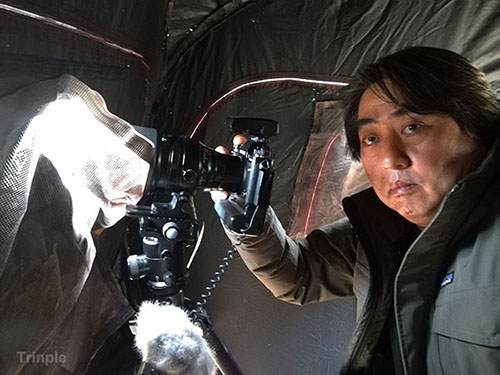
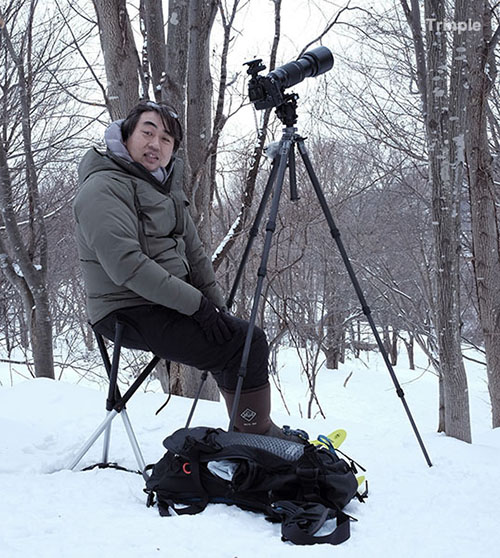
● 樹液のつららを舐めるシマエナガ
≪撮影データ≫
富士フイルム X-T2、XF100-400mmF4.5-5.6R LM OIS WR 、XF1.4X TC WR
F8 1/680秒 ISO3200 絞り優先AE +2/3補正
≪撮影データ≫
富士フイルム X-T2、XF100-400mmF4.5-5.6R LM OIS WR 、XF1.4X TC WR
F8 1/680秒 ISO3200 絞り優先AE +2/3補正
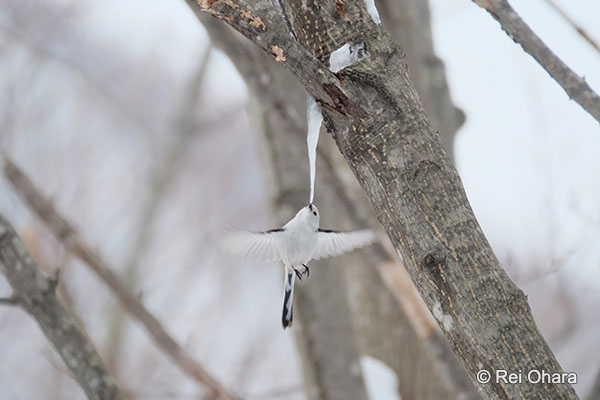
● 霧氷が付く枝に止まったシマエナガ
≪撮影データ≫
富士フイルム X-T20、XF100-400mmF4.5-5.6R LM OIS WR 、XF1.4X TC WR
F8 ISO1600 絞り優先AE 4K動画からの切り出し
≪撮影データ≫
富士フイルム X-T20、XF100-400mmF4.5-5.6R LM OIS WR 、XF1.4X TC WR
F8 ISO1600 絞り優先AE 4K動画からの切り出し
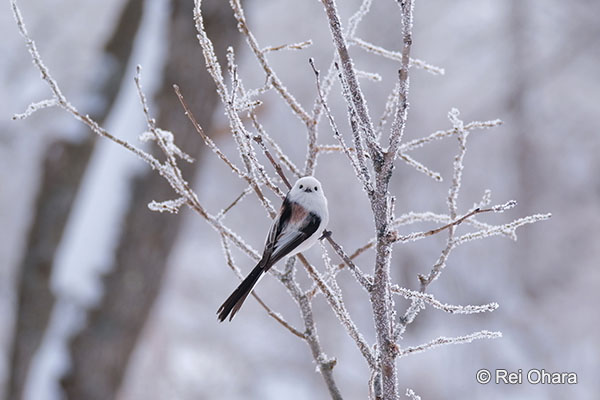
● ツルウメモドキとシマエナガ
≪撮影データ≫
富士フイルム X-T20、XF100-400mmF4.5-5.6R LM OIS WR 、XF1.4X TC WR
F8 1/480秒 ISO3200 絞り優先AE +1補正
≪撮影データ≫
富士フイルム X-T20、XF100-400mmF4.5-5.6R LM OIS WR 、XF1.4X TC WR
F8 1/480秒 ISO3200 絞り優先AE +1補正
